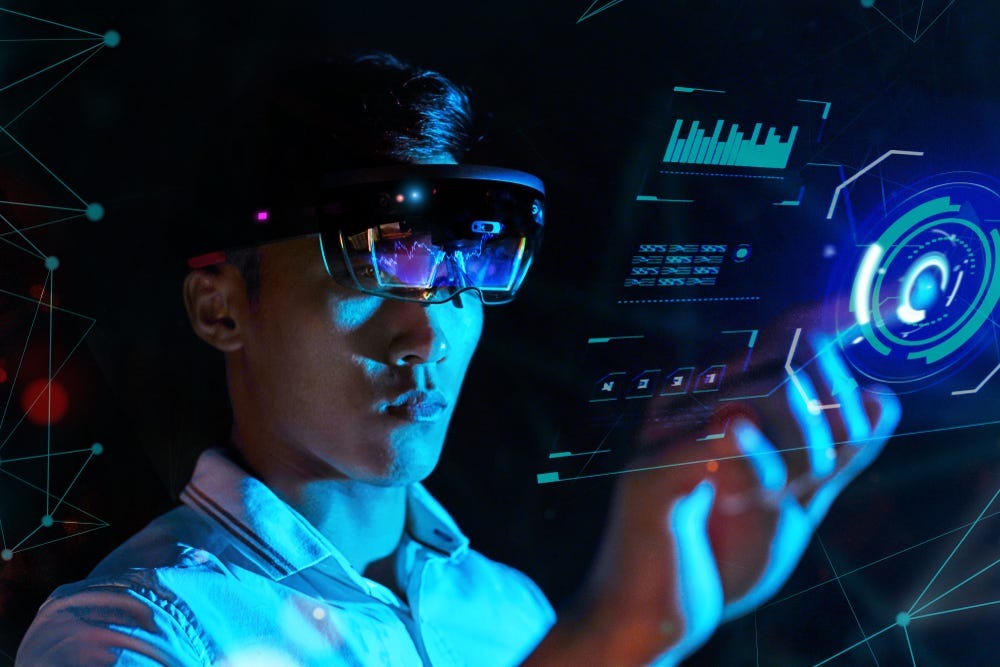Introduction
Immersive technologies, such as virtual reality (VR) and augmented reality (AR), have transformed the way we interact with digital content and the physical world. In this article, we will delve into the fascinating world of VR and AR, exploring their differences, applications, and the impact they have on various industries and everyday life.
Understanding Virtual Reality (VR)
Virtual reality is a computer-generated simulation of an immersive environment that users can interact with using specialized equipment, such as headsets and controllers. VR technology creates a completely synthetic environment, allowing users to experience a sense of presence and immersion in a virtual world. From gaming and entertainment to education and training, VR has a wide range of applications.
Applications of Virtual Reality
- Gaming and Entertainment: VR gaming provides an unparalleled level of immersion, allowing players to step into virtual worlds and engage with environments and characters in ways never before possible.
- Education and Training: VR is revolutionizing education and training by providing realistic simulations and immersive experiences. From medical training to flight simulations, VR enables learners to practice in a safe and controlled environment.
- Virtual Tourism: With VR, users can explore destinations around the world from the comfort of their homes. Virtual tourism offers a new way to experience travel destinations and cultural landmarks.
Understanding Augmented Reality (AR)
Augmented reality overlays digital content onto the real world, enhancing the user’s perception of their surroundings. Unlike VR, which creates a fully immersive virtual environment, AR supplements the physical world with digital elements. AR technology is often accessed through smartphones, tablets, or specialized glasses, making it more accessible than VR.
Applications of Augmented Reality
- Retail and E-Commerce: AR is transforming the retail industry by allowing customers to visualize products in their own environment before making a purchase. AR apps enable users to try on clothes, preview furniture in their homes, and see how products look before buying.
- Navigation and Wayfinding: AR navigation apps provide real-time information and directions overlaid onto the user’s view of the physical world. These apps help users navigate cities, find points of interest, and discover nearby amenities.
- Industrial and Manufacturing: AR is being used in industrial settings to improve productivity and efficiency. AR glasses equipped with real-time data and instructions help workers perform tasks more effectively and accurately.
The Future of Immersive Technologies
As VR and AR technologies continue to evolve, their applications and impact will only grow. Advancements in hardware, software, and content creation are making these technologies more accessible and compelling than ever before. From revolutionizing industries to enhancing entertainment and everyday experiences, immersive technologies are reshaping the way we interact with the world around us.
Conclusion
Virtual reality and augmented reality represent exciting frontiers in technology, offering immersive experiences that blur the lines between the digital and physical worlds. Whether it’s exploring virtual environments, enhancing real-world interactions, or revolutionizing industries, VR and AR have the potential to transform how we live, work, and play. As these technologies continue to develop, we can expect even more innovative applications and experiences that push the boundaries of what’s possible.


